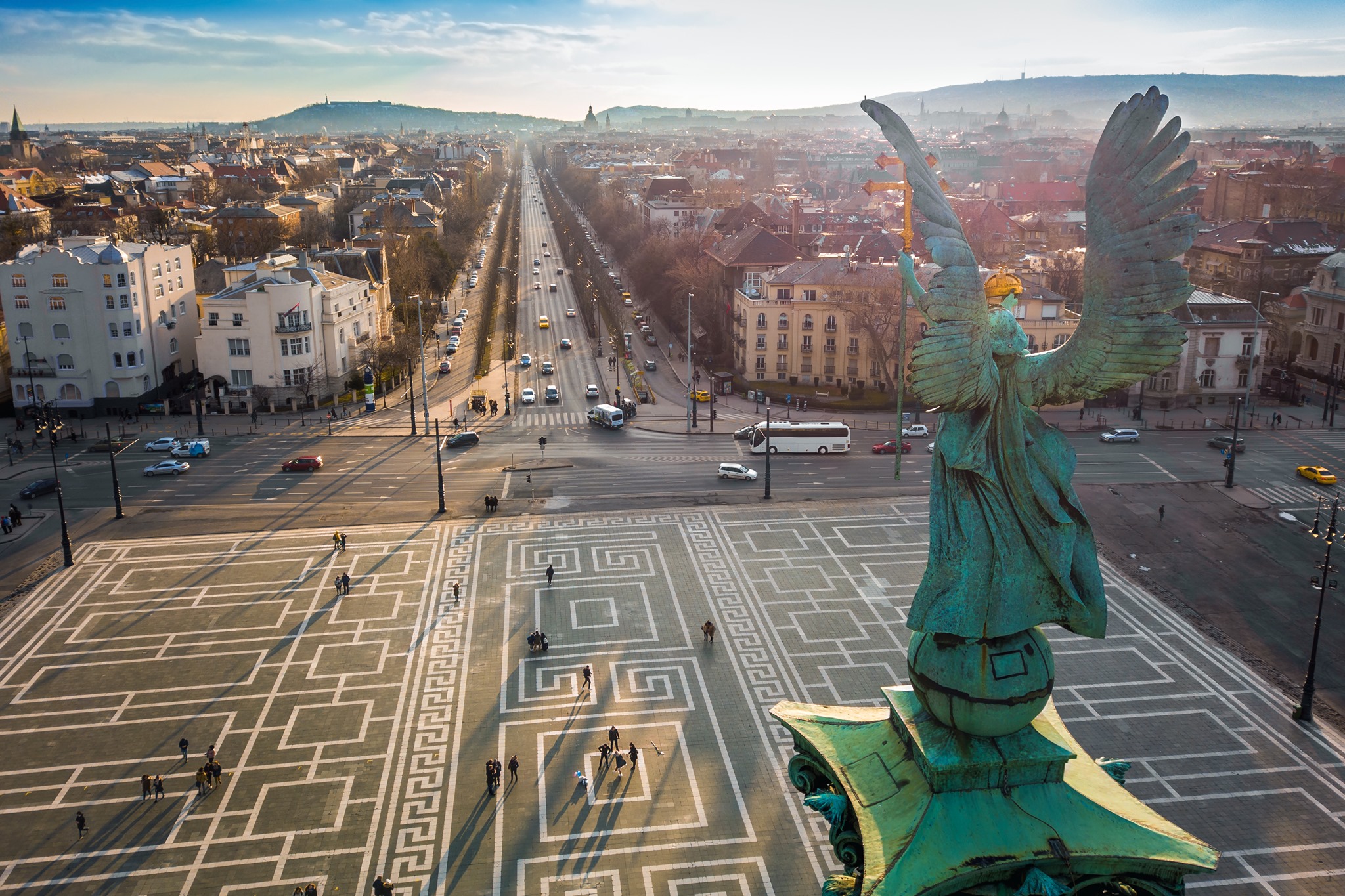“Island of Rabbits” or “Island of Lepers”? Explore the interesting history of Margaret Island

Although the word ’quarantine’ has been present in history for thousands of years, it has become part of everyday usage due to the coronavirus pandemic. Margaret Island in Budapest has presumably functioned as a quarantine island during devastating epidemics. Similar places of quarantine were used across Europe hundreds of years ago against the highly contagious and devastating disease, leprosy. According to some fascinating research, the name “Island of Rabbits” might be the result of an accidental Latin misspelling, as it was originally called the “Island of Lepers”.
Several Hungarian kings placed their court on the island throughout history
Margaret Island is one of the most well-known parts of Budapest. Its long and rich history dates back to ancient Roman civilisation, reported Origo. The island’s territory once consisted of three or four parts: the main island, Festő-sziget (Painter Island) at its southern tip (also known as Buda Island), and Fürdő-sziget (Bath Island) at the northern tip. Inscribed stones and coins from the 2nd and 4th centuries were found there during the excavations; therefore, in the 19th century, several researchers believed that the thick wall remains on the northwest and east coasts were of Roman origin. However, this hypothesis has not been confirmed.
The island is first mentioned in a charter from 1225, and according to tradition, King Imre (1196−1204) kept his court there. The 1245 charter of Béla IV reveals that the king’s predecessors gave the island to the Premonstratensians.

The island’s name was changed many times over millennia
The history of Margaret Island is almost as old as the history of the country. It was renamed several times over millennia. Some of the names include Nyulak szigete (Island of Rabbits), Úr-sziget (Island of Nobles), Kvszadaszi (a Turkish name), Budai-sziget (Buda Island), Dunai-sziget (Danube Island) and Palatinus-sziget (Palatine Island). It is believed that the former name of the island connected to rabbits might refer to the romantic landscape. In Notitia Hungariae Novae Historico-Geographica, Matthias Bel claims that the name ‘Rabbit Island’ originated from the island’s warren, a piece of land that was enclosed for breeding rabbits. In the 13th century, castles, churches, monasteries, and probably at least one village were built there.
Margaret Island also functioned as a quarantine for lepers
Did the island really get its former name after the rabbits that populated the island? This was the main question of the internationally renowned archaeologist and Széchenyi Prize-winner museologist, Ottó Trogmayer.
“The island, which was accessible in the winter on the ice of the frozen Danube, might have been a quarantine for lepers hundreds of years ago,” Trogmayer wrote in one of his studies.
The archaeologist also justified his claim by pointing out that the expression ‘island of lepers’ is ‘insula leprorum’ in Latin, but the animal ‘rabbit’, is called ‘lepus’, and the possessive case is ‘leporum’. According to Trogmayer, in the early Middle Ages, it could easily have happened that a copying monk left out a single letter from the name of the island, which resulted in the Latin ‘insula leporum’, meaning ‘the island of rabbits’.
The island was named after Saint Margaret of Hungary, the beautiful daughter of Béla IV

During the Mongol invasion of Hungary, King Bela offered his unborn daughter to God in exchange for the country’s liberation. Margaret was born in Klis Fortress in the Kingdom of Croatia, where the royal family resided. After returning to Hungary, the king sent his three-year-old daughter to a convent in Veszprém. In 1252, Margaret was transferred to the convent on the Island of Rabbits. After her death, it became a shrine, and the island was named after her.
Source: origo.hu




Educational and Informative – quality article prepared by Nora Csecsei – Congratulations worthy of Acknowledgement.
May there be continual articles of quality to this journalistic standard out of Daily News Hungary.
We devoted readers and commentators, in my case of English background – no Hungarian oral or written means of communication, crave for articles that enlighten and educate us on subjects that are truly rich and of historical significance in relation to Hungary, our adopted home.
Thank-You.
Thank you, Gary.J.A.Booth-Hansen. hansen!